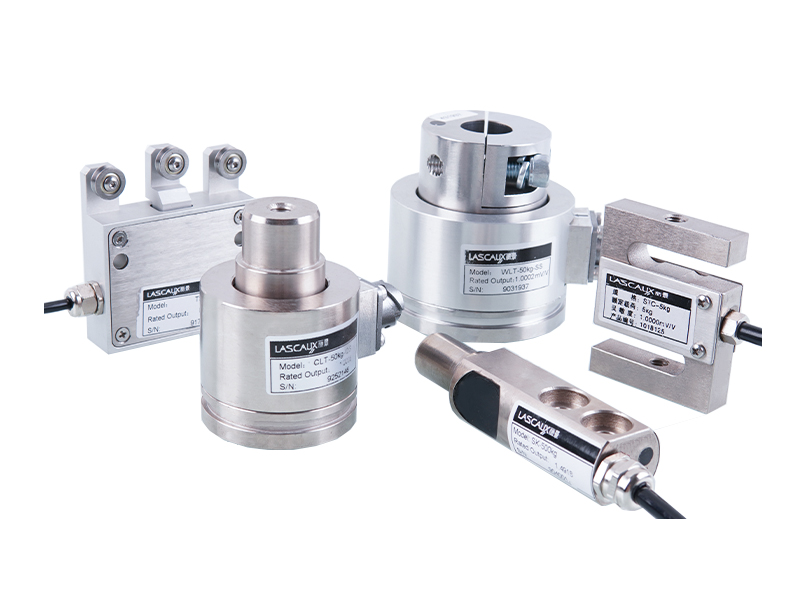Look around and many of the products you see and use are manufactured using some kind of tension control system. Everywhere you look, from cereal packaging to the labels on water bottles, there are materials that depend on precise tension control during manufacturing. Companies around the world know that proper tension control is a "make or break" feature in these manufacturing processes. but why? What is tension control and why is it so important in manufacturing?
Before we dive into tension control, we should first understand what tension is. Tension is the tension or strain applied to a material that tends to stretch the material in the direction of the applied force. In manufacturing, this usually starts with the downstream process point pulling material into the process. We define tension as the torque applied at the center of the roll divided by the roll radius. Tension = Torque / Radius (T=TQ/R). When too much tension is applied, the wrong amount of tension can cause the material to elongate and damage the shape of the roll, and it can even break the roll if the tension exceeds the shear strength of the material. On the other hand, too little tension can also damage your product. Insufficient tension can lead to telescopic or sagging rewind rollers, ultimately resulting in poor product quality.
To understand tension control, we need to understand what is called a "network". The term refers to any material that is fed continuously from and/or a roll, such as paper, plastic, film, filament, textile, cable or metal, etc. Tension control is the act of maintaining a desired tension on the web as required by the material. This means that the tension is measured and maintained at the desired set point, allowing the web to run smoothly throughout the production process. Tension is usually measured in either the Imperial system of measurement (in pounds per linear inch (PLI) or the metric system (in Newtons per centimeter (N/cm).
Proper tension control is designed to have a precise amount of tension on the web, so stretching can be carefully controlled and kept to a minimum while maintaining tension at the desired level throughout the process. The rule of thumb is to run the least tension you can get away with to produce the quality end product you want. If tension is not applied accurately throughout the process, it can lead to wrinkling, web breaks and poor process results such as interweaving (slitting), registering (printing), inconsistent coating thickness (coating), length variations (sheet ), material curling during lamination, and roll defects (telescopic, starring, etc.) to name a few.
Manufacturers are under pressure to keep up with rising demand and produce quality products as efficiently as possible. This leads to the need for better, higher performance and higher quality production lines. Whether converting, slitting, printing, laminating, or other processes, each of these processes has one characteristic in common - proper tension control is the difference between high-quality, cost-effective production and low-quality, expensive production discrepancies, excess scrap and frustration over broken webs.
There are two main ways to control tension, manual or automatic. With manual controls, the operator needs constant attention and presence to manage and adjust speed and torque throughout the process. With automatic control, the operator only needs to input during initial setup, as the controller takes care of maintaining the desired tension throughout the process. Thus, operator interaction and dependencies are reduced. In automation control products, two types of systems are generally provided, open-loop and closed-loop control.
Open loop system:
In an open-loop system, there are three main elements: the controller, the torque device (brake, clutch, or drive), and the feedback sensor. Feedback sensors are typically focused on providing diameter reference feedback, and the process is controlled proportionally to the diameter signal. When the sensor measures the change in diameter and transmits this signal to the controller, the controller proportionally adjusts the torque of the brake, clutch or drive to maintain tension.
Closed loop system:
The advantage of a closed-loop system is that it continuously monitors and adjusts web tension to maintain it at the desired set point, resulting in 96-100% accuracy. For a closed-loop system, there are four main elements: the controller, the torque device (brake, clutch or drive), the tension measurement device (a load cell), and the measurement signal. The controller receives direct material measurement feedback from a load cell or swing arm. As the tension changes, it produces an electrical signal that the controller interprets in relation to the set tension. The controller then adjusts the torque of the torque output device to maintain the desired set point. Just as cruise control keeps your car at a preset speed, a closed-loop tension control system keeps your roll tension at a preset tension.
So, you can see that in the world of tension control, "good enough" is often not good enough anymore. Tension control is an essential part of any high-quality manufacturing process, often distinguishing "good enough" workmanship from higher quality materials and productivity powerhouses of the final product. Adding an automatic tension control system expands the existing and future capabilities of your process while delivering key advantages for you, your customers, their customers and others. Labirinth's tension control systems are designed to be a drop-in solution for your existing machines, providing a quick return on investment. Whether you need an open-loop or closed-loop system, Labirinth will help you determine this and give you the productivity and profitability gains you need.
Post time: Jun-08-2023








